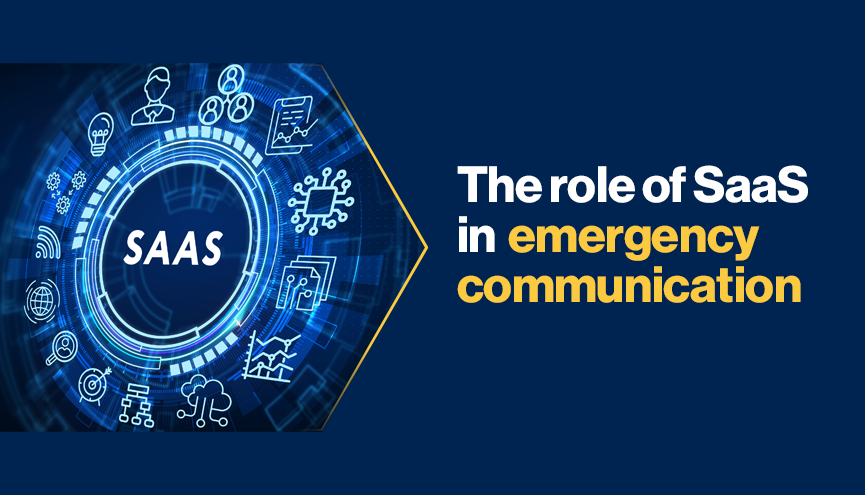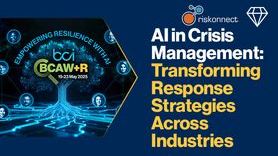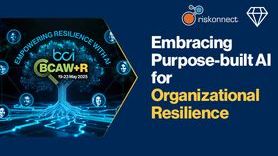The role of SaaS in emergency communication

The BCI has released its annual Emergency and Crisis Communications Report, which considers the overall crisis communications landscape and the adoption of specialist emergency communications solutions.
In recent years, one of the key themes of this report has been the emergence and increased usage of software-as-a-service (SaaS) solutions for crisis communications. As opposed to installed on-site solutions, these tools are centrally located and enable cross-device and cross-platform functionality. In a pandemic, which has seen many people begin to work from home more frequently, this feature has only become more important.
While this year has seen a slight cooling in the pace of growth of workplaces using SaaS tools for crisis communications (up to 74.2% from 74.1%) compared to previous years, more investment in new software solutions is expected in 2022. This reflects an overall trend which has seen SaaS solutions benefit from home working set-ups, as it can enable remote collaboration. Indeed, the proficiency of SaaS solutions in delivering effective tools outside of crisis communications for organizations is another benefit to those looking to use it for this purpose.
One of the advantages of using a SaaS solution for emergency communications is its relative speed. The report has found that 88.3% of organizations who use SaaS can activate their communications plan with 30 minutes, against 57.5% who use an on-site method. Looking at the situations where SaaS emergency communication solutions could be utilized for a business, for example notifying staff about a cyber-attack within the organization, speed is essential. This rises further in importance when we consider that 32.2% of respondents to the report said cyber security incidents had triggered their emergency or crisis communications plan within the last 12 months.
With SaaS, it is also possible to update the tool or introduce further security fixes and have them active across multiple devices almost immediately[1]. This of course improves the resiliency of the tool itself and enables the addition of further product developments for the user, thereby improving its flexibility compared to on-site alternatives.
One of the iterations of SaaS are mass communication tools designed to alert employees in large-scale organizations if a crisis or emergency occurs. As it is an external solution, it would remain available during a cyber-attack or if an extreme weather event had affected the on-site premises of an organization.
Tools such as this are a viable alternative to enterprise messaging apps, such as Microsoft Teams, where respondents say genuine emergency communications messages may be missed due to its overuse for other business-related tasks. Furthermore, BC managers were concerned about their organizations becoming too reliant on this application and the inevitable disruption it would cause if it was suddenly removed from operations due to an outage or cyber-attack.
Despite this, around 47.3% still use enterprise messenger services as the primary tool for communicating emergency situations. More troubling is the 20.1% who still use free messaging apps like WhatsApp, WeChat or Signal for this role – with this being a slight increase from the 19.1% seen in 2021. Solutions such as WhatsApp are viewed as a poor option for crisis communications due to security concerns and a lack of ability to audit the service.
Therefore, regardless of the cooling in SaaS usage in 2021 which is actually more reflective of the surge in usage during the previous year, there are positive signs which point to even more usage and investment in SaaS tools in the future. Indeed, it is a solution tailored to assist with many of the logistical and continuity threats present in hybrid or remote working practices.
Rachael Elliott, Head of Thought Leadership at the BCI, added: “SaaS solutions have moved from being the new innovation on the block to becoming the incumbent method that organizations use to communicate a crisis. Adoption does need to be handled with care, however, and those responsible for building emergency communications systems into organizations’ crisis response programmes need to ensure there is a back-up in place in the event of an internet outage, for example. Nevertheless, the advantage such solutions can bring to organizations in terms of speed of response, simplicity of cross-platform rollout and the ability to sync with other devices will likely see uptake continue to increase strongly over the mid- to long-term.”
For further information on emergency and crisis communications, please access the BCI’s full report on the subject.
[1] https://www.bmc.com/blogs/saas-growth-trends/










































